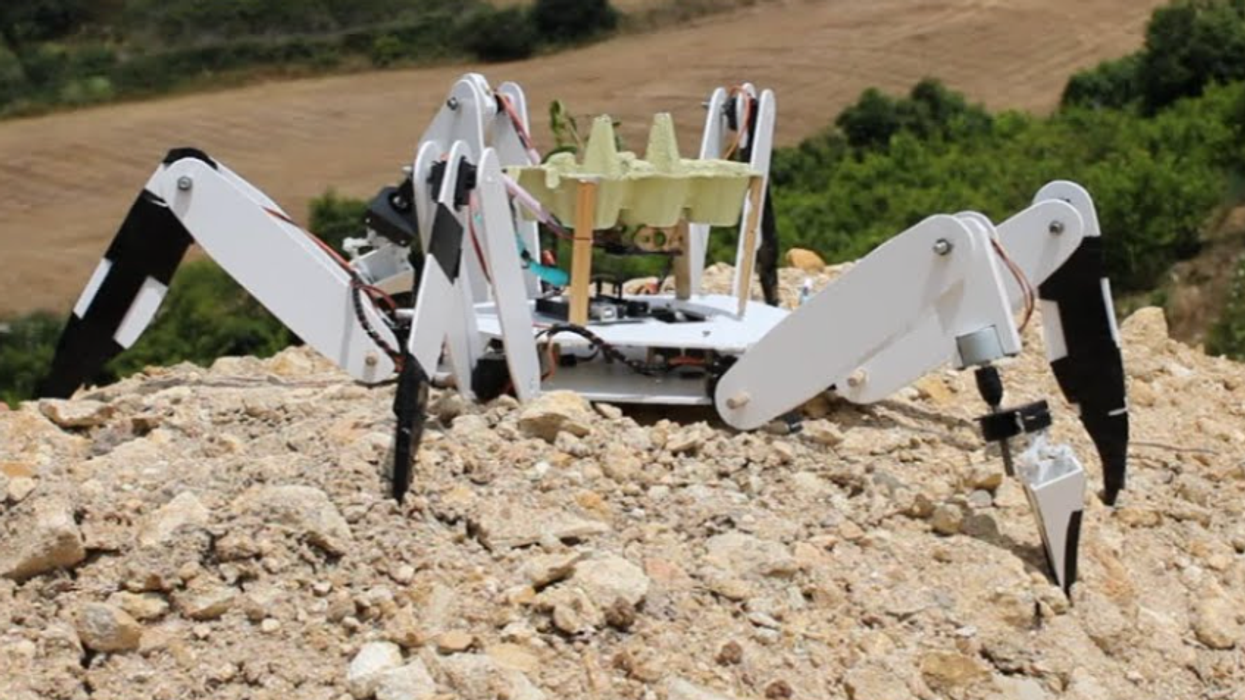For years, Daniel Bowman, a scientist at Sandia National Laboratories, has been constructing and launching solar-powered balloons into the Earth’s atmosphere to monitor volcanic eruptions and earthquakes. During one launch, microphone sensors embedded in the balloons detected an ultra-low-frequency sound from an unknown source, 70,000 feet (about 13 miles) above the Earth’s surface, in the stratosphere. This mysterious sound has defied explanation for years, according to Live Science. Bowman and his colleagues presented their findings at the 184th meeting of the Acoustical Society of America in 2023.

Balloons equipped with microphones have been used since the 1890s. During the Cold War, they were deployed near Russian military bases to detect atomic bomb tests and keep armies on alert. In contrast, Bowman’s experiments aim to assist geologists and scientists. For instance, sounds detected by his balloons could warn airplanes of an impending volcanic eruption, allowing them to alter their course. However, this low-frequency sound, known as infrasound, has left Bowman and his team puzzled.
"[In the stratosphere,] there are mysterious infrasound signals that occur a few times per hour on some flights, but the source of these is completely unknown," Bowman said in a press release. Infrasounds are low-frequency sounds that are inaudible to human ears. This particular sound is “like muffled, staticky whispers,” according to the Washington Post. But it has defied all explanations so far. “We spend an inordinate amount of time arguing about what things are,” Siddharth Krishnamoorthy, a research technologist at NASA’s Jet Propulsion Laboratory in Pasadena, told the Washington Post.

To further investigate the strange sound, Bowman and Krishnamoorthy designed a set of 7-meter-wide plastic balloons equipped with infrasound sensors called microbarometers, and daubed the insides of the balloons with charcoal powder. This powder was smudged in the innards to trap the sun’s heat so balloons would float. "Our balloons are basically giant plastic bags with some charcoal dust on the inside to make them dark. We build them using painter's plastic from the hardware store, shipping tape, and charcoal powder from pyrotechnic supply stores," Bowman said in the press release.

"When the sun shines on the dark balloons, the air inside heats up and becomes buoyant. This passive solar power is enough to bring the balloons from the surface to over 20 km (66,000 ft) in the sky," he added. Starting from 2016, they shot 50 balloons into the stratosphere to capture the unusual sound. According to the press release, this sound could be related to “natural sounds from colliding ocean waves and thunder, human-created sounds like wind turbines or explosions, and even sounds with unknown origins.” But scientists can’t point a finger at anything specific for certain.

Bowman is now collaborating with NASA to build a similar solar-balloon technology that could detect infrasounds on Venus, to obtain some noteworthy information about the seismic activity of “Earth’s evil twin,” including its volcanoes and quakes. As for the mysterious rumbling reverberating in the stratosphere, it remains an elusive mystery for Earthlings’ imagination to cook up sci-fi theories.








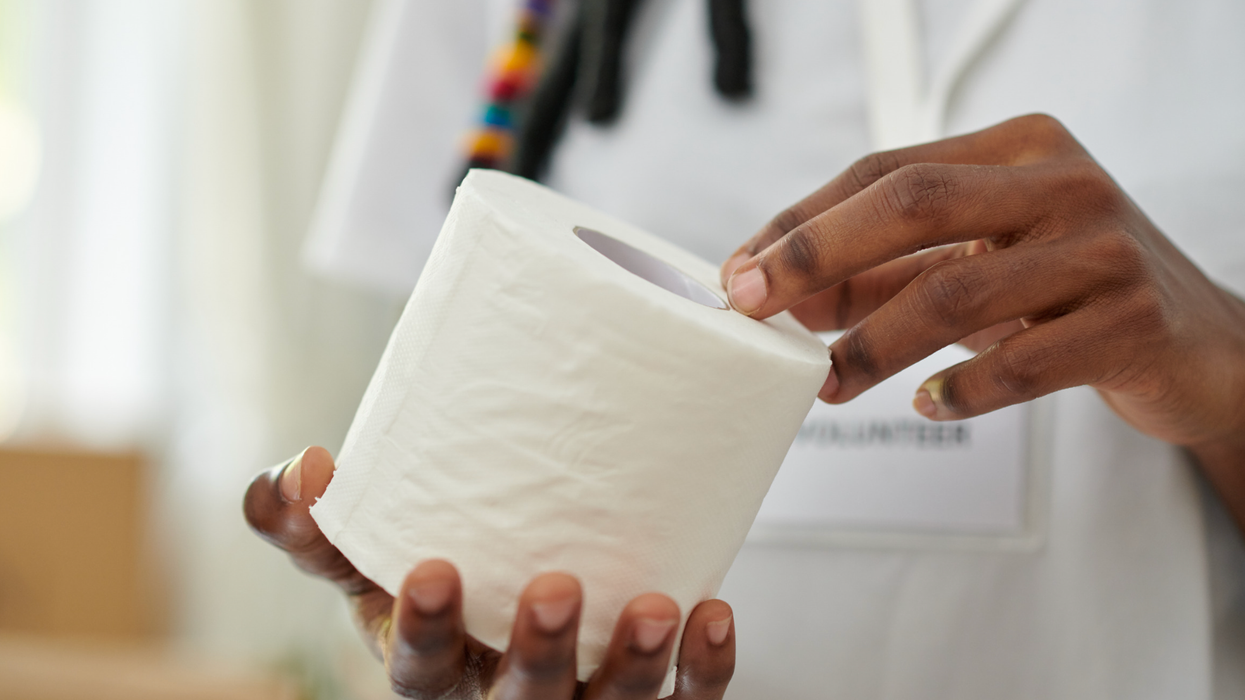
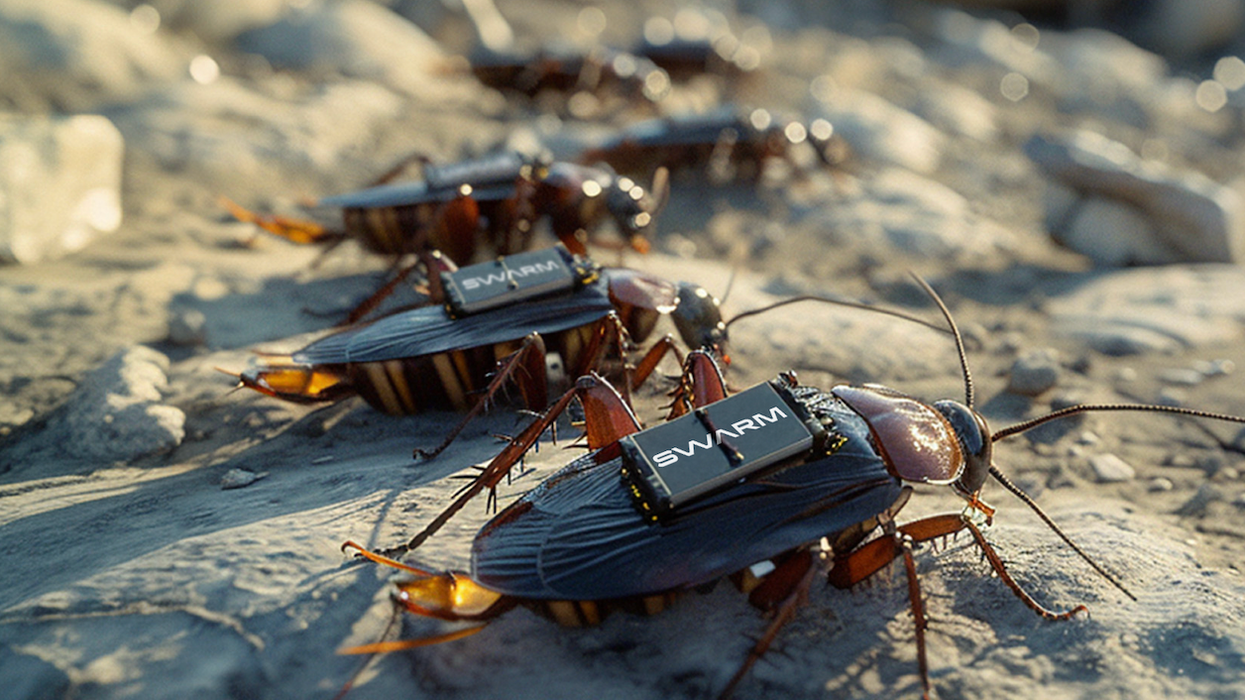



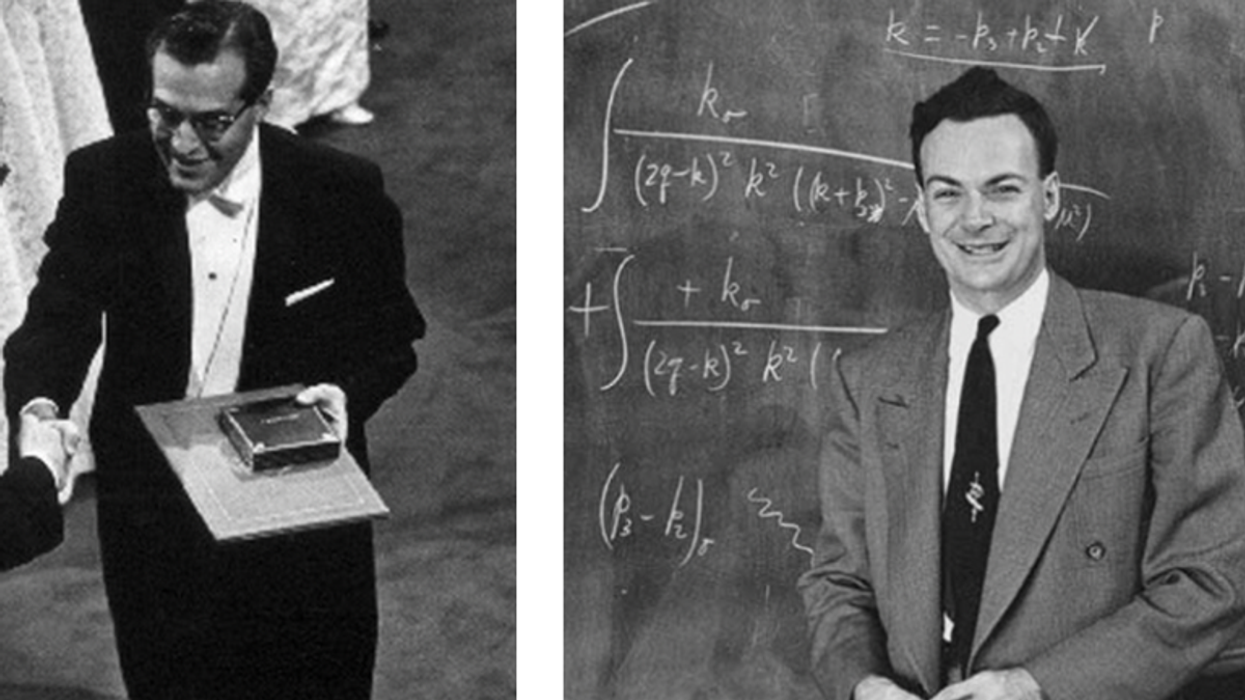





 A road near equatorial Atlantic OceanCanva
A road near equatorial Atlantic OceanCanva Waves crash against rocksCanva
Waves crash against rocksCanva
 Older woman drinking coffee and looking out the window.Photo credit:
Older woman drinking coffee and looking out the window.Photo credit:  An older woman meditates in a park.Photo credit:
An older woman meditates in a park.Photo credit:  Father and Daughter pose for a family picture.Photo credit:
Father and Daughter pose for a family picture.Photo credit:  Woman receives a vaccine shot.Photo credit:
Woman receives a vaccine shot.Photo credit: 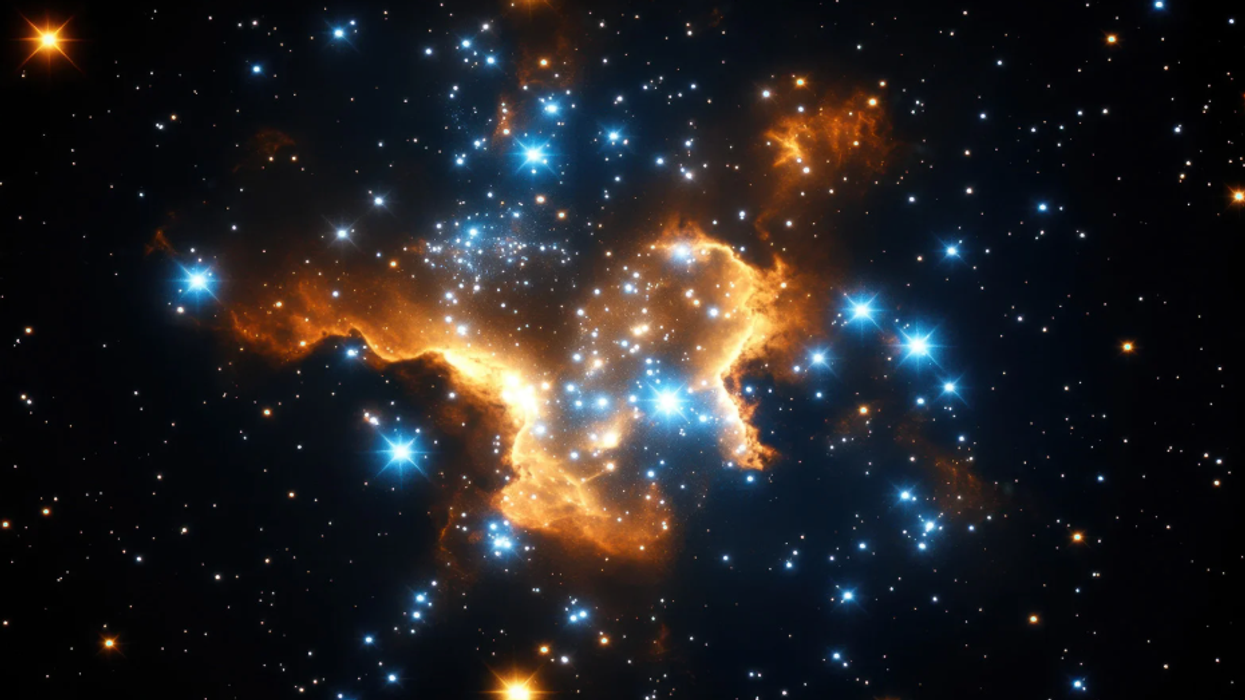
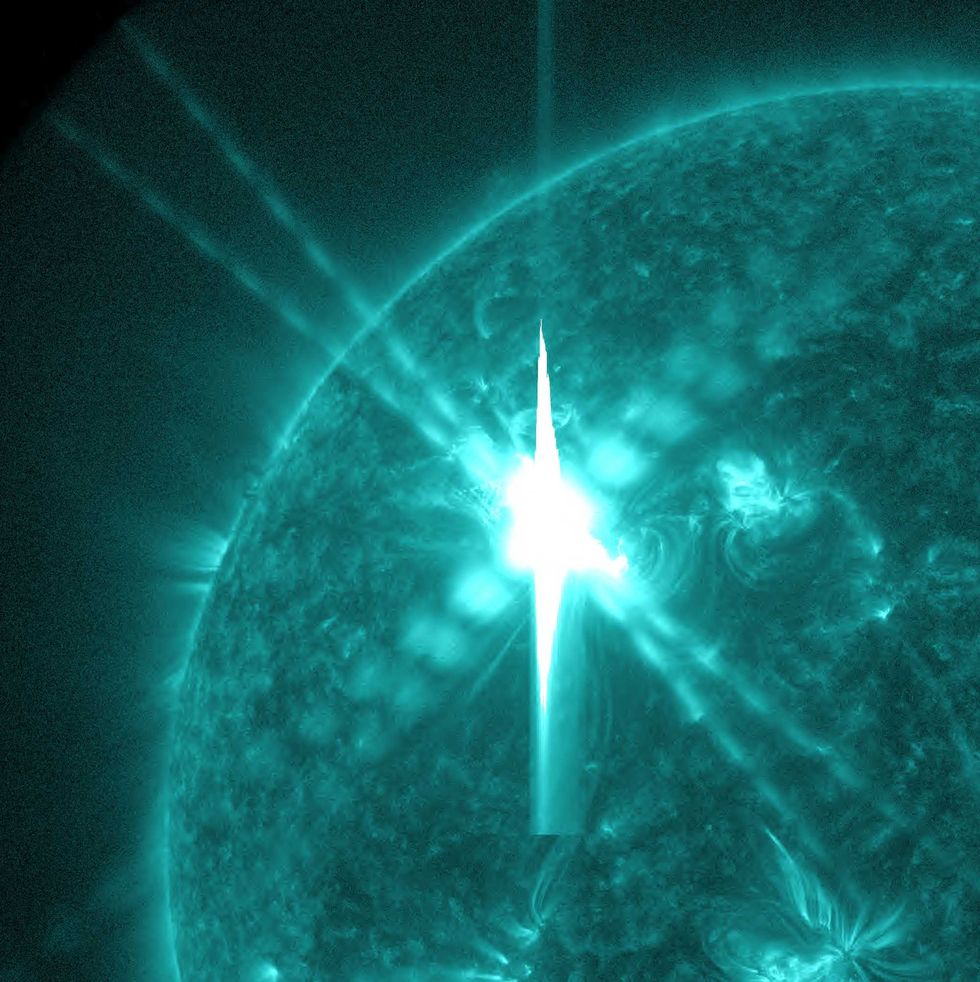 Image artifacts (diffraction spikes and vertical streaks) appearing in a CCD image of a major solar flare due to the excess incident radiation
Image artifacts (diffraction spikes and vertical streaks) appearing in a CCD image of a major solar flare due to the excess incident radiation
 Brady Feigl in February 2019.
Brady Feigl in February 2019.
 Yonaguni Monument, as seen from the south of the formation.
Yonaguni Monument, as seen from the south of the formation. 
